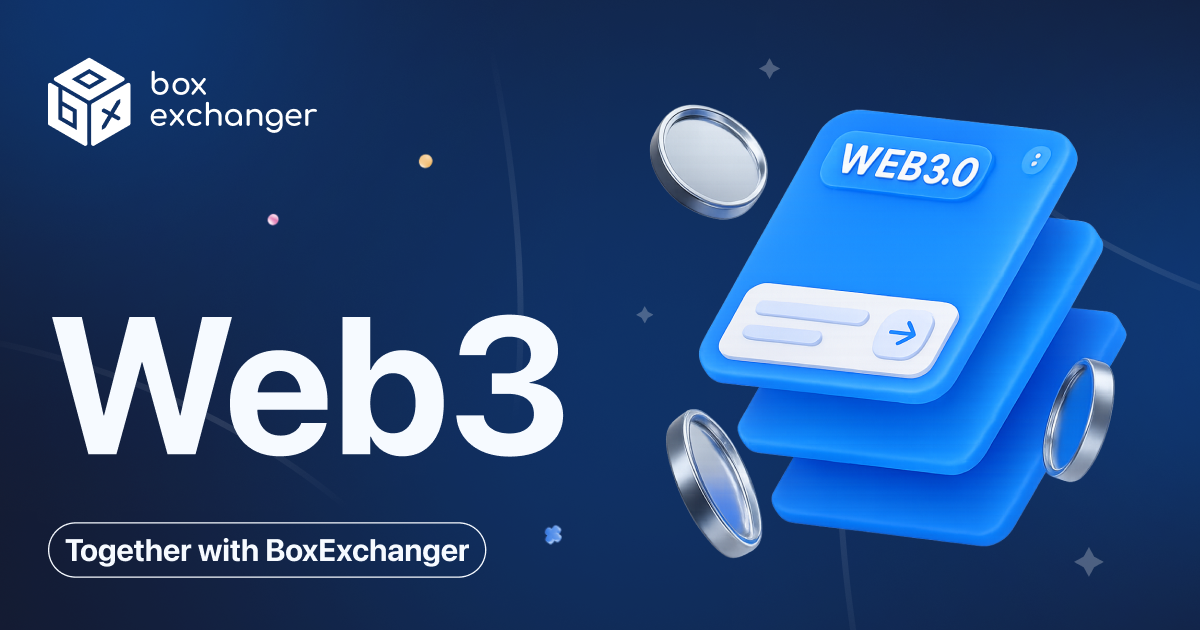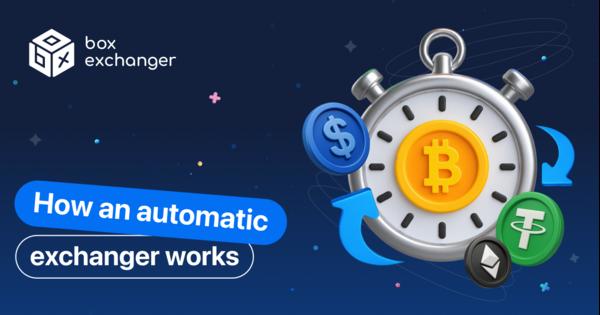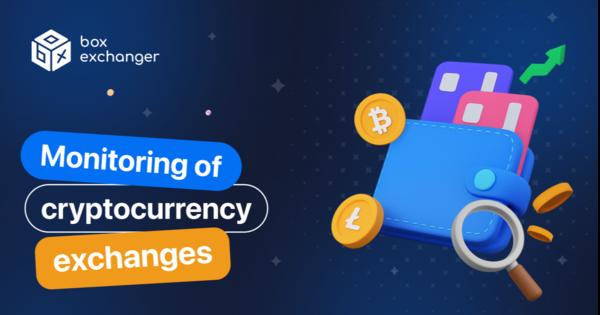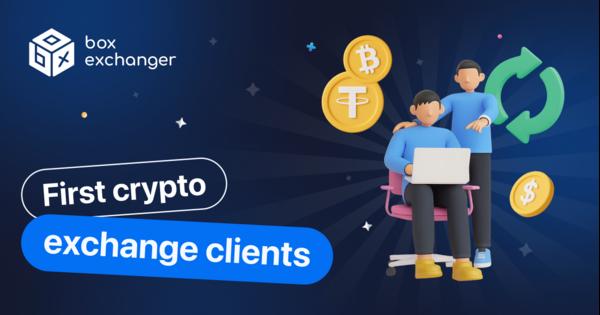6 min.
WEB3
Added: September 20, 2025

The term web3 is increasingly heard in discussions about the future of the internet and digital finance. For users and companies, this is not just a trendy label, but a set of technologies that are shaping a new model of data and digital asset ownership. This internet is built on blockchain and smart contracts, where the main principle is the decentralisation and transparency of all processes.
What is Web3
Web3 is essentially a decentralised architecture of applications and services built on blockchain and smart contracts. Instead of the familiar logic of ‘an account on a corporate server,’ users interact with addresses on the network and manage access through cryptographic keys. Smart contracts are programmes in the blockchain that automatically execute the logic embedded in them (‘if-then’) and function as the base layer for applications and financial protocols. Learn more about this at Ethereum.org.
To highlight the contrast and see the differences, follow this simple rule: Web 3.0 is about the meaning of data, while web3 is about ownership of data and assets verified in the blockchain.
Key features of Web3
• Programmable trust. The logic of transaction rules is defined by smart contract code; execution is verified by all network nodes.
• Decentralised online ecosystem. The ledger is distributed among participants, which increases resilience and simplifies change verification.
• Ownership of digital assets. Tokens, NFTs, and positions in DeFi belong to the user's address, not to an account ‘within the service.’
• Open compatibility. Contracts and protocols are easily ‘assembled’ like a construction set: one dApp can use the functions of another.
• On-chain governance. DAOs use tokens for voting and budget allocation; rules and decisions are recorded on the chain.
What is Web3 used for?
1. Finance (DeFi). Lending, staking, AMM exchanges, yield aggregators — all of these operate on smart contracts without intermediaries. In 2024, the dApp sector showed a sharp increase in activity: DappRadar estimates an average of 24.6 million daily unique active wallets (UAW) by the end of the year; DeFi's share is 7 million dUAW and approximately 32% of activity in Q4, which can be found in more detail on the DappRadar.com.
2**.** Gaming and metaverses. Gaming assets are tokenised, ownership rights are transparent and transferable. According to DappRadar, blockchain gaming reached 7.4 million dUAW per day by the end of 2024.
3. Digital rights and media. NFTs provide a way to verify the origin of a digital object, from art collections to tickets and ID cards.
4. Governance and communities. DAOs use tokens to distribute roles, motivate participants, and make decisions.
5. Payment scenarios for business. Crypto payments, cross-border settlements, and ‘pay-per-event’ through smart contracts are examples where cheap L2 networks and stable tokens speed up settlements.
Advantages and disadvantages of Web3
Strengths:
• Ownership of assets and data. Access is controlled by the owner of the private key.
• Transparency. Any transaction can be verified in the block explorer; reporting is built on top of open data.
• Protocol composability. DeFi applications combine like modules, which speeds up the launch of new products.
• New monetisation models. Tokens incentivise participants, DAOs form community budgets.
Limitations and risks:
• UX barriers. Newcomers require onboarding: creating a wallet, working with a seed phrase, selecting a network and ‘gas’.
• Code risks. Errors in smart contracts lead to losses; audits and bounty programmes reduce the likelihood of vulnerabilities.
• Legal uncertainty. Token classification and taxation vary by country; businesses need a compliance process.
• Volatility. Token prices change rapidly, so a risk management strategy is essential.
Web3 projects: where businesses benefit
• Crypto payments and settlements with suppliers. Fast transfers in stablecoins, control of cash gaps through on-chain tracking.
• Loyalty and tokenisation. Points, discounts and access to events are issued in the form of tokens; rights are easily verified on the network.
• Financial services. Credit pools, invoice factoring, tokenisation of real assets (RWA).
• Gaming and media platforms. Tokenised tickets and collections, royalty distribution in contract code.
Crypto infrastructure is actively used in Eastern Europe: according to the Chainalysis 2025 rating, Ukraine ranks 8th in the world in terms of crypto adoption, reflecting the scale of consumer and P2P scenarios.
The Future of Web3
The Future of Web3
The technological vector is quite clear:
• Scaling through L2 and ZK: transaction costs are reduced and confirmation times are shortened, making everyday payments and gaming scenarios more convenient.
• Account Abstraction: wallet management becomes closer to familiar accounts (social recovery, limits, batching).
• RWA and institutional liquidity: tokenisation of bonds and equity instruments expands the range of on-chain products.
• Growth of the dApp user base: DappRadar reports that 2024 ended with a historic high of 24.6 million daily UAW, which creates the basis for further scaling of the ecosystem.
Practicality is important for companies: the number one task is to reduce friction at the user entry point. Fiat on-ramps/off-ramps, instant swaps, and convenient checkouts help. The effect is enhanced by a unified payment widget, auto-selection of the network with gas calculation, a transparent fee structure, and network risk prompts (block delays, current load, recommended gas price). It is worth implementing Account Abstraction: login via email/social networks, social access recovery, transaction limits and batching. For the corporate level, centralised logging of on-chain operations, alerts, KYC/AML providers and MPC wallets for teamwork.
What is the difference between web3 and the term ‘web3’ in Runet
In the Russian-speaking segment, the form web3 is often used as a transliteration. The meaning is the same: blockchain applications, asset ownership, on-chain management, protocol compatibility. The English spelling web3 is more common in professional documentation, so it is useful to use it when searching for documentation and SDKs.
Terminology and search queries
Users sometimes enter ‘crypto web 3.0’ or search for ‘web3coin’. In both cases, they are referring to the same class of technologies and tokens associated with the ecosystem of decentralised applications and protocols. For secure testing of storage and protocols for such queries, it is better to use network swaps with clear fees and a transparent rate card.
Conclusion
Web3 is forming a new layer of the internet with programmable ownership of digital assets and transparent settlements. The ecosystem is expanding in terms of users and use cases: DeFi, gaming dApps, DAOs, tokenisation of real assets — all of this is already working and scaling thanks to L2 and ZK.
Companies gain an advantage when they build their product and operational base in advance: fiat on/off-ramps, convenient checkout, multi-network routing and gas calculation, wallet integrations and Account Abstraction mechanics, on-chain operation monitoring and compliance. The next step is to automate payment flows, include RWA, and develop a partner ecosystem. This set of features increases conversion, speeds up onboarding, and opens up new sources of revenue.
The information presented in this article is for informational purposes only and does not constitute a guide to action, financial advice or investment advice. Cryptocurrency investments involve a high level of risk, and each investor should conduct their own analysis, assess their financial capabilities and consult with professional financial advisors before making investment decisions.
Frequently Asked Questions
What figures confirm the growth of user activity in web3?
The DappRadar report records approximately 24.6 million daily UAW by the end of 2024, with DeFi reaching approximately 7 million dUAW and about 32% of activity in Q4.
How does web3 differ from Web 3.0?
Web 3.0 is about the ‘semantic web’ (the meaning of data), while web3 is about decentralisation and ownership of assets on the blockchain; these are different lines of development.
Which countries are leading in the use of cryptocurrencies and dApps?
According to the Chainalysis 2025 index, India is No. 1, the United States is No. 2, and Ukraine is in the top 10 (8th place).
Also read

October 26, 2025
How an Automatic Exchanger Works
How an automatic exchanger works — in short: the user selects the exchange direction, the system locks the rate, ac...

October 25, 2025
Exchange Service Monitoring
The market for exchanging digital and fiat assets is huge and dynamic: the total daily trading volume of the crypto...

October 20, 2025
How to attract your first customers to a crypto exchange
Are you launching a new service and wondering how to attract your first customers to a crypto exchange quickly and ...